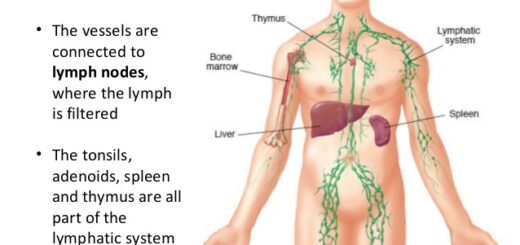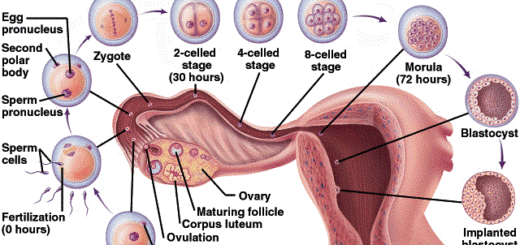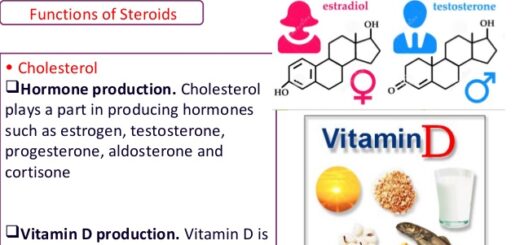Mechanism of muscle contraction, motor unit, muscle fatigue and Huxley’s theory of sliding filaments
The most acceptable theory for muscle contraction is the sliding filament theory for Huxely, This theory depends on the ultra-microscopic structure of muscle fibers, where each muscle fiber consists of a group of myofibrils and each myofibril consists of thin actin filaments and thick myosin filaments, Transverse links are filaments that formed by the help of calcium ions and extended from the myosin filaments to reach the actin filaments.
Huxley’s theory of sliding filaments
Huxley used the electron microscope to compare a muscle fiber in a state of contraction with another fiber in a state of relaxation, He concluded that:
In contraction state
The protein filaments that form the muscle fibers slide over each other that results in the contraction or shrinkage of the muscle, where:
- Transverse links (formed by the help of calcium ions) are extended from the myosin filaments and attached to the actin filaments.
- The transverse links act as hooks, where in the presence of calcium ions and energy stored in ATP molecules, they pull the actin filaments from both sides toward each other, leading to the muscle fiber contraction.
- During the contraction, the Z-lines approach from each other, So, the muscle contracts.
During the contraction of muscle:
The length of the light band decreases, The length of semi-light band decreases or sometimes disappears according to the strength of muscle contraction, The length of the dark band does not change, The length of the sarcomere decreases and the Z – lines approach from each other.
In relaxation state ( when the stimulus disappears )
The transverse links move away from the actin filaments, then the muscle relaxes by consuming a part of the energy that is stored in ATP molecules to separate the transverse links from the actin filaments, The Z-lines move away from each other and sarcometers return to their fundamental length.
The attachment of transverse links with actin filaments during muscle contraction and the separation of transverse links from actin filaments during muscle relaxation need the energy stored in ATP molecules.
The theory of Huxely is not acceptable
This theory explained the contraction of skeletal (striated) muscles, but it didn’t explain the contraction of the unstriated smooth muscles, although the presence of some scientific reports which point to that the protein filaments in smooth muscles are almost similar to those in the skeletal muscles.
The motor unit
The motor unit is the functional unit of the skeletal muscle, The importance of studying the motor unit is to know the mechanism of muscle contraction because the muscle contraction is the summation of all the motor units that form the muscle.
The motor unit consists of a group of muscle fibers and the nerve fibers supplying them, where: when the motor nerve fiber enters the muscle, it divides into a large number of branches inside the muscle.
Each motor nerve fiber supplies a group of muscle fibers (its number ranges between 5-100 fiber) through its terminal branches, where each one of them is attached to one muscle fiber at a place called the motor end plates and the point of connection is called the neuro-muscular junction.
The neuro-muscular junction is the place or position where the terminal branch of motor nerve fiber (of nerve cell ) is attached to the motor end plates of one muscle fiber, The structural unit of skeletal muscle is muscle fiber, The functional unit of skeletal muscle is motor unit, The smallest contraction unit in the skeletal muscles is the sarcomere.
The causes of muscle fatigue
The repeated and rapid contraction of the muscle is due to:
The inability of blood to supply the muscle rapidly with the oxygen that is needed for its respiration and energy production, therefore the muscle converts the glycogen (animal starch) into glucose which is oxidized anaerobically (shortage of oxygen) to produce rapid energy to allow the muscle to contract, leading to the accumulation of lactic acid which causes muscle fatigue.
The shortage of ATP molecules in the muscle leads to the preventing of the separation of transverse links from the actin filaments, so, they remain attached to the actin filaments and the muscle remains in a state of continuous contraction and can not relax that causes a painful muscle spasm, 38 ATP molecules are produced, when the muscle respires aerobically, while 2 ATP molecules only are produced, when the muscle respires anaerobically.
Getting rid of muscle fatigue
When the muscle stops moving that gives the chance for it to be supplied by enough amount of oxygen to perform the aerobic cellular respiration which produces a large amount of ATP molecules that separate the transverse links from the actin filaments, leading to the relaxation of the muscle, therefore it goes on an alternation of contraction and relaxation once more.
Notes: The muscle spasm may occur due to the troubles that resulted from the arrival of incorrect nerve impulses from the brain to muscles during its normal performance, The excessive and over spasm may lead to the tearing of the muscle, causing bleeding.
Muscular system, Structure of skeletal muscle, Muscles properties & functions
Endocrine system, Endocrine glands, Pituitary gland & Hormonal coordination in living organisms



